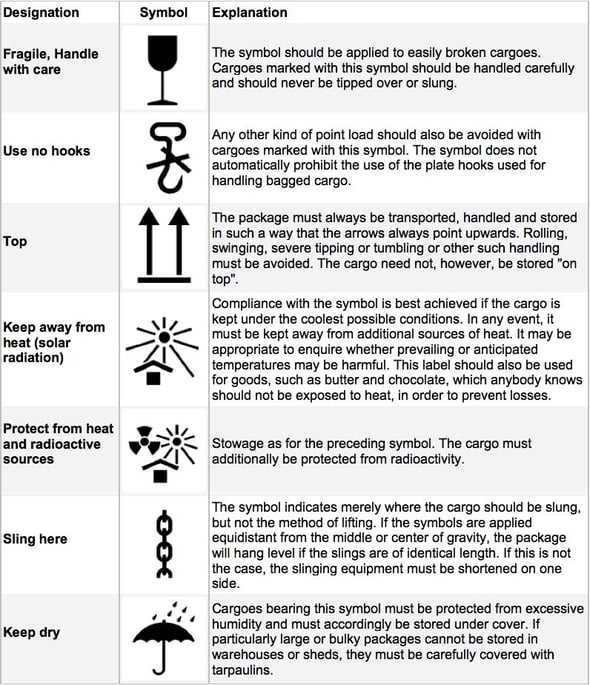How To Label Your Freight Correctly, The First Time!
While it sounds like a no-brainer, a lot of cargo damage happens due to incorrect labeling of the packages that are being transported. Labeling is an integral part of cargo packaging and is an essential aspect to ensure that your goods reach the correct destination at the required time. Correct and proper labeling, including package handling instructions, is critical to ensure that your goods are delivered safely and efficiently.
Labeling is also important to facilitate real-time tracking of your package as it moves through your trucker’s network and your country’s road network.
For example, if you are shipping liquid cargo or any other cargo that needs to be kept upright, it is important to label it correctly so the cargo handlers know which way to carry it. Similarly, if the cargo is hazardous, then it is important to label it appropriately. You should use the required hazardous labels so safety precautions can be taken. Not just for handling and safety, labeling is also important to facilitate real-time tracking of your package as it moves through your trucker’s network and your country’s road network.
Your cargo label should have a few mandatory components which are crucial to ensure prompt delivery.
- Clearly marked pick up or senders address. This is crucial because, in case of any returns or non-delivery, the cargo can be returned safely to the sender.
- Sender’s reference number. This is needed in order to identify the package, as the same sender could be sending various parcels to the same receiver but with different items.
- Clearly marked delivery address. This should have the full style address including the zip/postal code to ensure that it gets to the right area as there could be cities and streets with the same name in different parts of the country, but zip/postal codes are unique.
- Receiver’s reference number. The receiver may be receiving parcels from the same or various senders, and they can identify the contents/order quickly with the reference number.
- If goods are hazardous, then the relevant hazardous labels must be affixed to the box.
- If the goods are fragile, it must be labeled with fragile stickers or tape.
- The label should be clearly visible and have a big enough bar-code for quick and reliable scanning.
- The label should be at least A5 size or larger to accommodate all the above information.
You have to ensure that only the relevant markings are present on the outside of the package.

If there are markings on the label or box that are irrelevant to the shipment, that must be removed as it may cause confusion with regard to the delivery. The labels used must be hardy and be able to withstand the elements as in sun, rain, snow, or any other conditions they may be exposed to during the journey, although it is unlikely that the goods will get wet during road transport. If you have more than one item in a consignment to the same receiver, it would be a good idea to affix the labels in the same place on each item, as it makes it easier for the goods to be scanned and sorted.
There are standard labels for package handling instructions which clearly indicate the nature of the contents of the packages so that everyone in the transportation chain knows what handling methods need to be used, like whether the package is sensitive to heat or moisture or which side is up and where the loading hooks may be used, etc.
The symbols on the labels are based on an international standard ISO R/780 (International Organization for Standardization).

